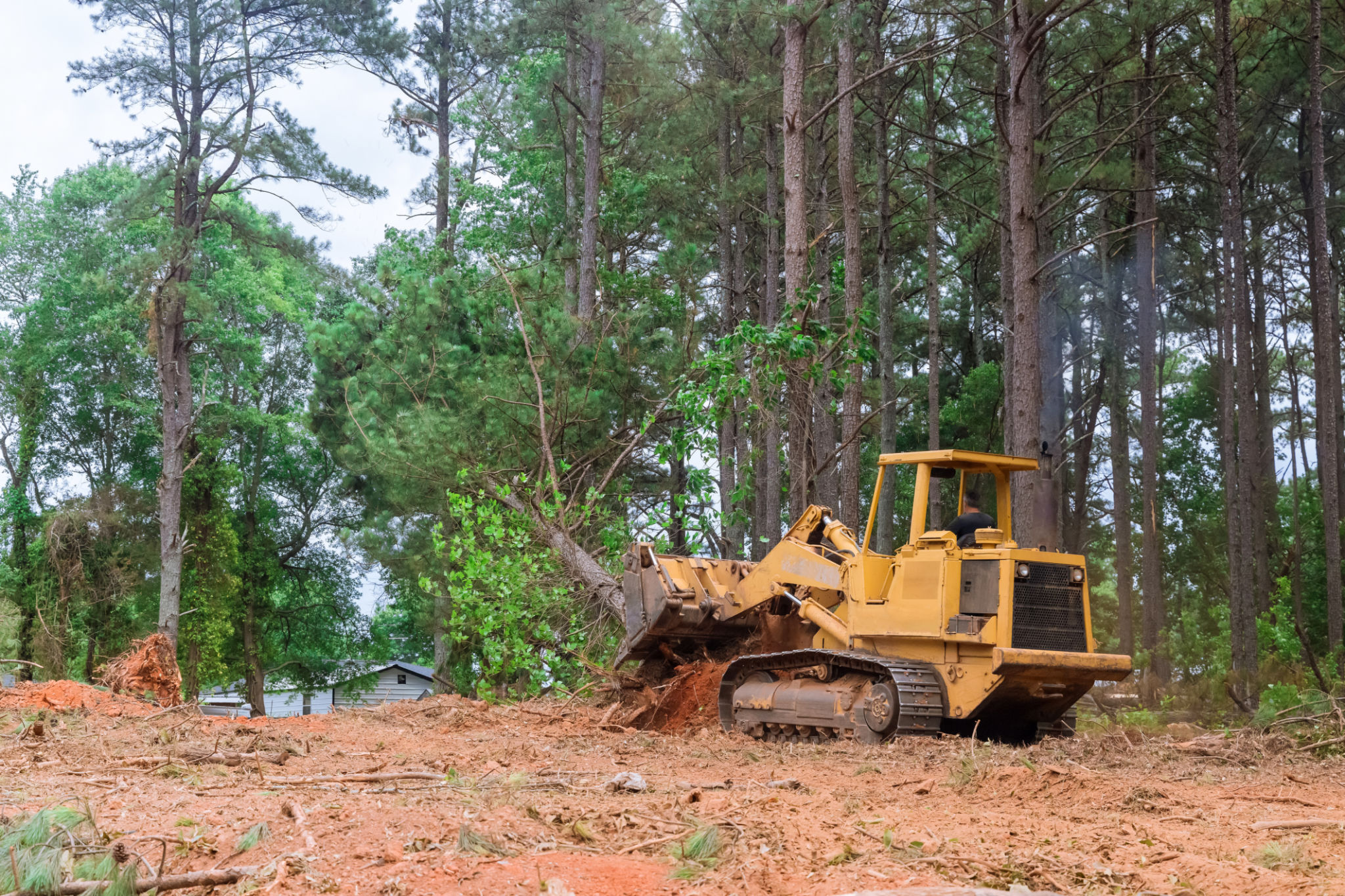Site Preparation 101: What You Need to Know Before Building in Litchfield
LA

Understanding Site Preparation
Before you start building your dream home or commercial property in central Maine, it's crucial to understand the fundamental aspects of site preparation. This process is the first step in ensuring your construction project is successful. Proper site preparation helps prevent future structural issues, and it's essential for complying with local regulations.
The primary goal of site preparation is to prepare the land for construction. It involves several steps, each of which is vital for a stable and reliable foundation. Skipping or poorly executing any of these steps can lead to costly repairs down the road.
Evaluating the Land
The first step in site preparation is evaluating the land. This involves conducting a thorough assessment of the soil, terrain, and existing vegetation. Soil testing is particularly important as it determines the soil’s capacity to support the structure. A geotechnical engineer can provide valuable insights into soil stability, drainage, and other critical factors.
Moreover, understanding the topography of the land will help you plan for any necessary grading or leveling. It's essential to identify any slopes that may require additional work to ensure a level foundation. Clearing vegetation is also part of this process; removing trees and shrubs prevents future interference with the building structure.
Obtaining Necessary Permits
Before any physical work begins, obtaining the necessary permits from local authorities is mandatory. Building permits ensure that your project complies with zoning laws, building codes, and safety regulations. Failing to secure these permits can result in legal issues and project delays.

The permitting process usually involves submitting detailed plans of your project, including site drawings and environmental impact assessments. It’s advisable to work closely with a local contractor or architect who is familiar with Maine cities and town regulations to streamline this process.
Clearing and Grading
Once you have the necessary permits, the next step is clearing and grading the site. Clearing involves removing any remaining vegetation, rocks, and debris from the construction area. Grading follows, where the land is leveled out to create a stable base for your foundation.
Proper grading ensures effective drainage and prevents water accumulation around your building. This step is crucial in avoiding future water damage and structural issues. In Maine's lakes regions, where weather conditions can vary, having a well-drained site is particularly important.

Utilities and Infrastructure
As part of site preparation, it's essential to consider the installation of utilities and infrastructure. This includes setting up wells or water lines, septic or sewage systems, electricity, and internet connections. Planning for these utilities early on can prevent complications once construction begins.
Working with utility companies and contractors who are experienced with the local infrastructure in central Maine can make this process smoother. It ensures that all connections are made safely and according to code.
Final Thoughts
Site preparation is a crucial phase in any construction project in Kennebec and Androscoggin Counties. From evaluating land conditions to securing permits and planning infrastructure, each step plays a significant role in setting the foundation for success. By paying careful attention to these details, you can ensure a smoother construction process and a more stable, durable structure.
Whether you're building a residential home or a commercial property, investing time and resources into thorough site preparation will pay dividends in the long run. As always, working with experienced professionals who understand local regulations and site conditions can help navigate this complex process effectively.
